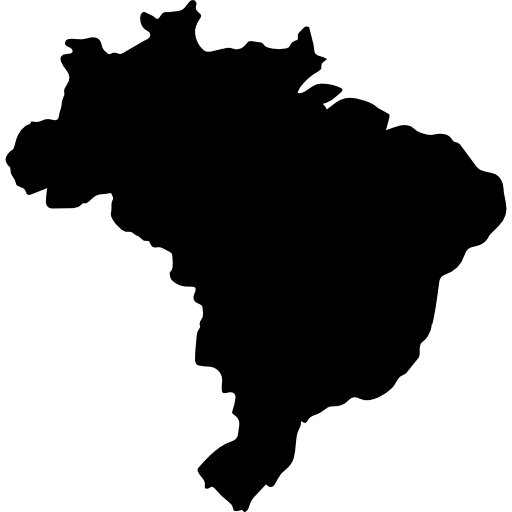It’s climate vs. economy in Brazil as fires burn 7,000 square miles of Amazon rain forest
October 31, 2019
 Often referred to as the lungs of the world, the Amazon rainforest is said to provide around 20 percent of the world’s oxygen.
Often referred to as the lungs of the world, the Amazon rainforest is said to provide around 20 percent of the world’s oxygen.
That turns out not to be exactly true, but huge fires that burned there last summer are dangerous for another reason. Trees and other plants absorb carbon dioxide — the most serious threat to global temperatures — so losing huge swaths of plant-filled forests can injure the climate, scientists say.
Fires are common in forests everywhere, but the blazes in Brazil over the summer were almost double what had been experienced the year before. An article from National Geographic said that as of Aug. 22, 7,000 square miles of the Amazon were aflame, and there had been about 76,000 fires in total in the region this year.
In all, 2.24 million acres had burned this year, 130,000 acres in August alone. Since then, more fires have burned through the rainforest and are expected to keep burning as the dry season (summer in the Southern
Hemisphere) continues and intensifies.
According to National Geographic, most of the fires were caused by humans. Some were set in lands that had been previously cleared for the purpose of removing excess vegetation efficiently, while others were being cleared to make room for cattle and crops. Farmers and ranchers both benefit from setting fire to dried-out trees in order to open up land to be used for agriculture.
Most observers blame the policies of Brazil’s new president, Yair Bolsonaro, which have encouraged economic development in the economically disadvantaged region. Bolsonaro’s government claims most of the fires were set by natural phenomena, such as lightning.
He also campaigned on a promise to open up the Amazon to development, to help those who live there advance economically.
“We cannot forget that the world needs to be fed,” Bolsonaro said at the United Nations climate meeting in New York Sept. 25. He also said the Amazon rainforest belongs to Brazil. “It is a fallacy to say that the Amazon is a world heritage,” he said.
According to Christian Poirier, the program director of Amazon Watch, a nonprofit organization created to protect the Amazon by advancing the rights of the indigineous people in the Amazon Basin as well as campaigning to preserve the Amazon’s ecological system, nothing was unusual about this year’s seasonal weather changes compared to last year’s.
For its part, NASA — the U.S. space program, which studies satellite imagery of the entire planet — says it’s too soon to tell what caused the fires.
“It is not unusual to see fires in Brazil at this time of year due to high temperatures and low humidity,” says an Aug. 23 article. “Time will tell if this year is a record-breaking or just within normal limits.”
But another satellite-reading federal agency — NOAA, the National Oceanic and Atmospheric Administration — said the fires’ effect is known
“Wildfires release large amounts of carbon dioxide, black carbon, brown carbon and ozone precursors into the atmosphere,” according to a fact sheet on NOAA’s website. “These emissions affect radiation, clouds and climate on regional and even global scales.”
The Amazon absorbs around 90 billion tons of carbon as well as greenhouse gases to prevent them from clouding and polluting the environment according to an article by AP News.